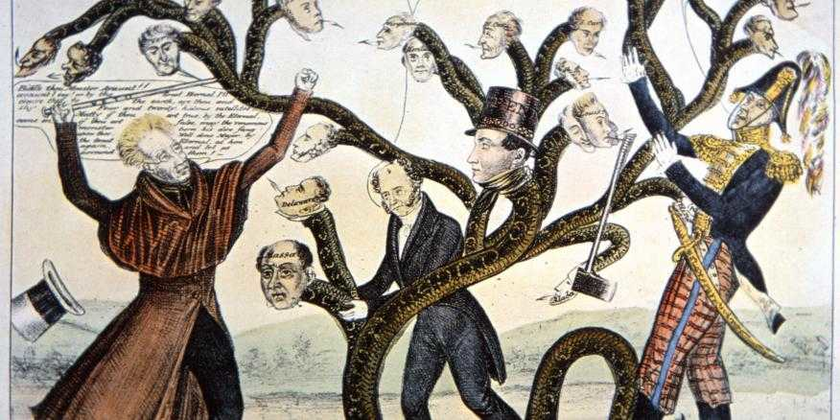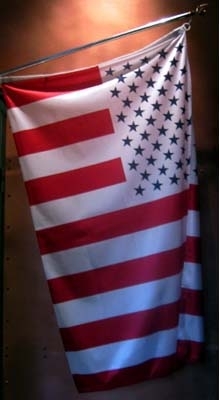Sovereigns created government constitution, bankers mercenaries stole it! ANDREW JACKSON!
With over $30 trillion in debt and counting, it’s hard to believe the United States government was ever debt-free.
But it happened once—in 1835—thanks to President Andrew Jackson. He was the first and only president to pay off the national debt completely.
Jackson dueled courageously on several occasions and developed a reputation for bravery that helped him to lead large military units during the War of 1812, most famously in the Battle of New Orleans.
When he became president, Jackson was determined to rid the US of its national debt. After all, debt enslaves you to your creditors.
Jackson knew that being debt-free was essential to independence. This outlook resonated with many Americans back then.
With that in mind, Jackson attacked the institutions and powerful people who promoted and enabled the federal debt. This included the banking elites and the Second Bank of the United States, the country’s central bank at the time and precursor to today’s insidious Federal Reserve system.
While campaigning against the evils of national debt and central banking, Jackson miraculously survived an assassination attempt when an assassin’s two pistols both misfired. Shadowy interests tied to the central bank were almost certainly behind the effort.
However, Jackson survived and went on to “End the Fed” of his days. He successfully bested the central bank—and the powerful interests behind it—and shut down the Second Bank of the United States.
He also repaid the federal debt in full, which was no easy task.
Jackson couldn’t squeeze the American people with a federal income tax to repay the debt. It didn’t exist at the time and would have been unconstitutional.
He also couldn’t simply print currency to pay off the debt. Perpetuating such an insane fraud—which the Fed does on a massive scale today—likely never entered his mind.
Instead, Jackson had to rely on tax revenue from other sources, mainly import tariffs and excise taxes, to pay down the debt. He also drastically cut federal spending and frequently vetoed spending bills.
Jackson’s determination worked. By January 1835, the US was debt-free for the first time.
Unfortunately, it didn’t last much more than a year. After that, the US would never again be debt-free—not even close. Revenge of the Central Bankers
After Jackson succeeded in ending the Second Bank of the United States, anything associated with a central bank became deeply unpopular with the American public. So, central bank advocates tried a new branding strategy.
Rather than call their new central bank the “Third Bank of the United States,” they went for a vague and boring name. They called it “the Federal Reserve” and managed to hide it from the average person in plain sight. As a result, over 100 years since its founding, most Americans have no idea what the Federal Reserve is or what it actually does.

















